The Australian Energy Market Commission (AEMC) has released a final determination that allows virtual power plants to compete directly with large-scale generators in the energy market, to the benefit of all consumers through significant cost savings, lower emissions, and reduced energy prices.
The reforms create efficiencies by allowing virtual power plants and commercial and industrial demand response and aggregated batteries to compete directly with traditional power stations.
Currently there is no mechanism for the market to predict how these resources will respond to daily price fluctuations and the lack of understanding creates operational challenges for the Australian Energy Market Operator (AEMO) and can lead to costly system operations.
These problems are growing as the rollout of batteries and electric vehicles gathers pace.
AEMC Chair Anna Collyer said the rule enhances market efficiency by creating new opportunities for both energy suppliers and users to participate in ways that weren’t possible before.
“The reform is like giving the electricity system a pair of glasses – suddenly, it can see and respond to retailers’ and customers’ actions that were previously invisible,” Collyer said.
The reforms create a new ”dispatch mode” that allows retailers to bid these resources into the wholesale electricity market.
This includes virtual power plants combining household batteries, community batteries, backup generators, and large energy users managing their consumption.
“Whether it’s data centres shifting computing load, manufacturers using backup generators, commercial chillers, or household batteries aggregated as virtual power plants, retailers can now bid these resources into our wholesale market,” Collyer said.
The Commission’s modelling shows that if these resources participate, it could deliver $834 million (USD 517 million) in cost savings between 2027 and 2050 through more efficient market operation.
The reforms include a $50 million incentive scheme for early participants.
“This improved visibility will lead to more efficient generation use, lower system costs, and reduced energy prices for all consumers,” Collyer said.
”While there are costs to encourage early participation, the long-term benefits for consumers far outweigh these initial investments. It’s a win-win that doesn’t require changing behaviour, just smarter market operation.”
The virtual power plant dispatch mode reform represents the primary focus of the AEMC’s work program for integrating consumer energy resources into the wholesale electricity market.
The new framework will take effect from May 2027, with incentives available from April 2026.
This content is protected by copyright and may not be reused. If you want to cooperate with us and would like to reuse some of our content, please contact: editors@pv-magazine.com.
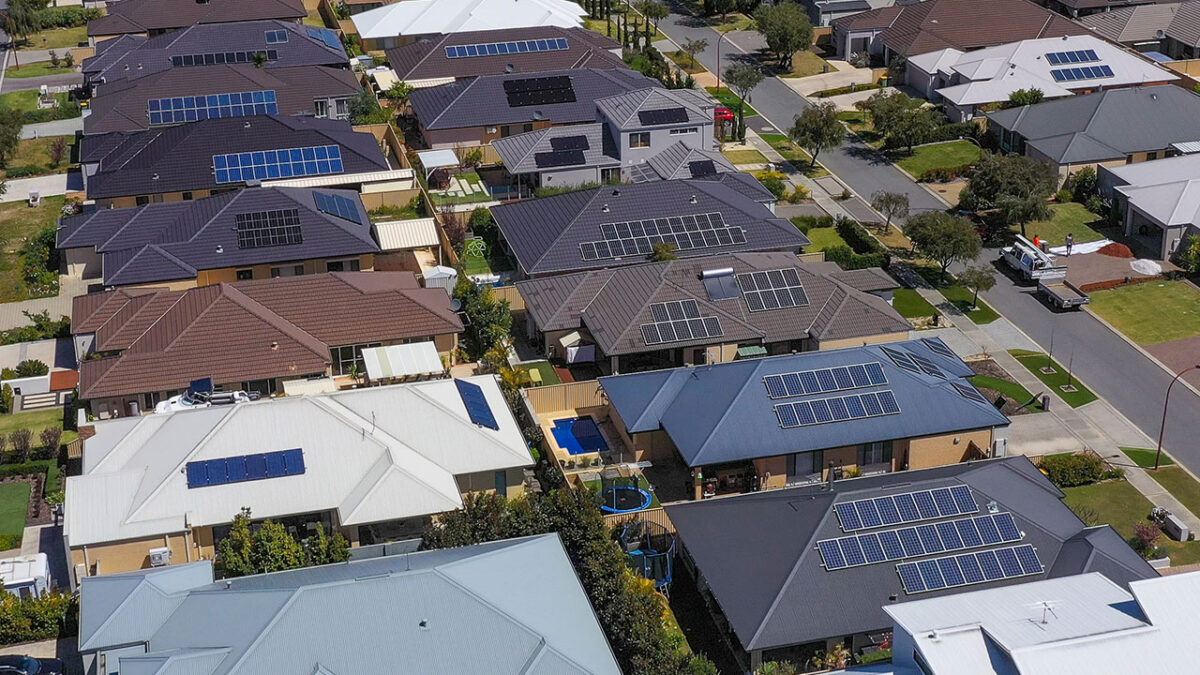
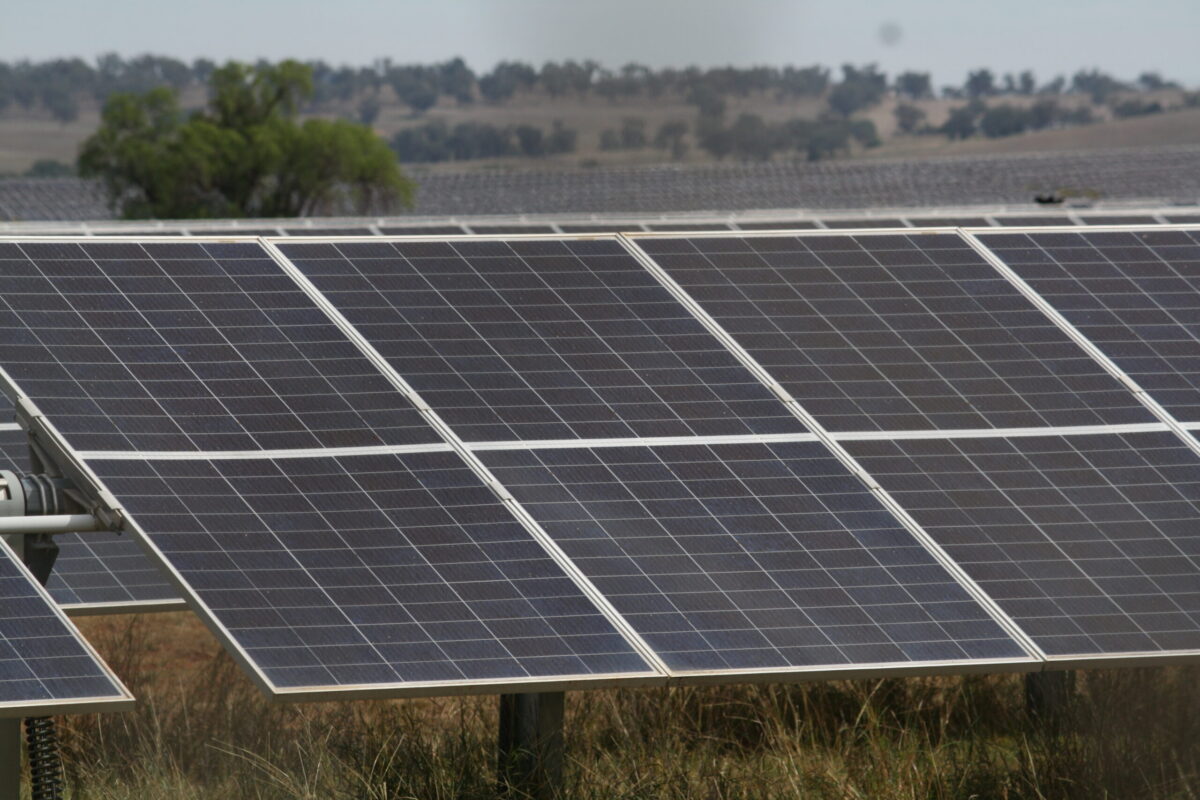


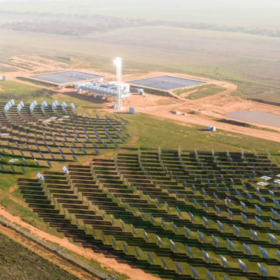
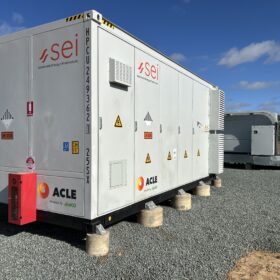
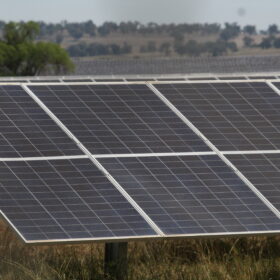

4 comments
By submitting this form you agree to pv magazine using your data for the purposes of publishing your comment.
Your personal data will only be disclosed or otherwise transmitted to third parties for the purposes of spam filtering or if this is necessary for technical maintenance of the website. Any other transfer to third parties will not take place unless this is justified on the basis of applicable data protection regulations or if pv magazine is legally obliged to do so.
You may revoke this consent at any time with effect for the future, in which case your personal data will be deleted immediately. Otherwise, your data will be deleted if pv magazine has processed your request or the purpose of data storage is fulfilled.
Further information on data privacy can be found in our Data Protection Policy.